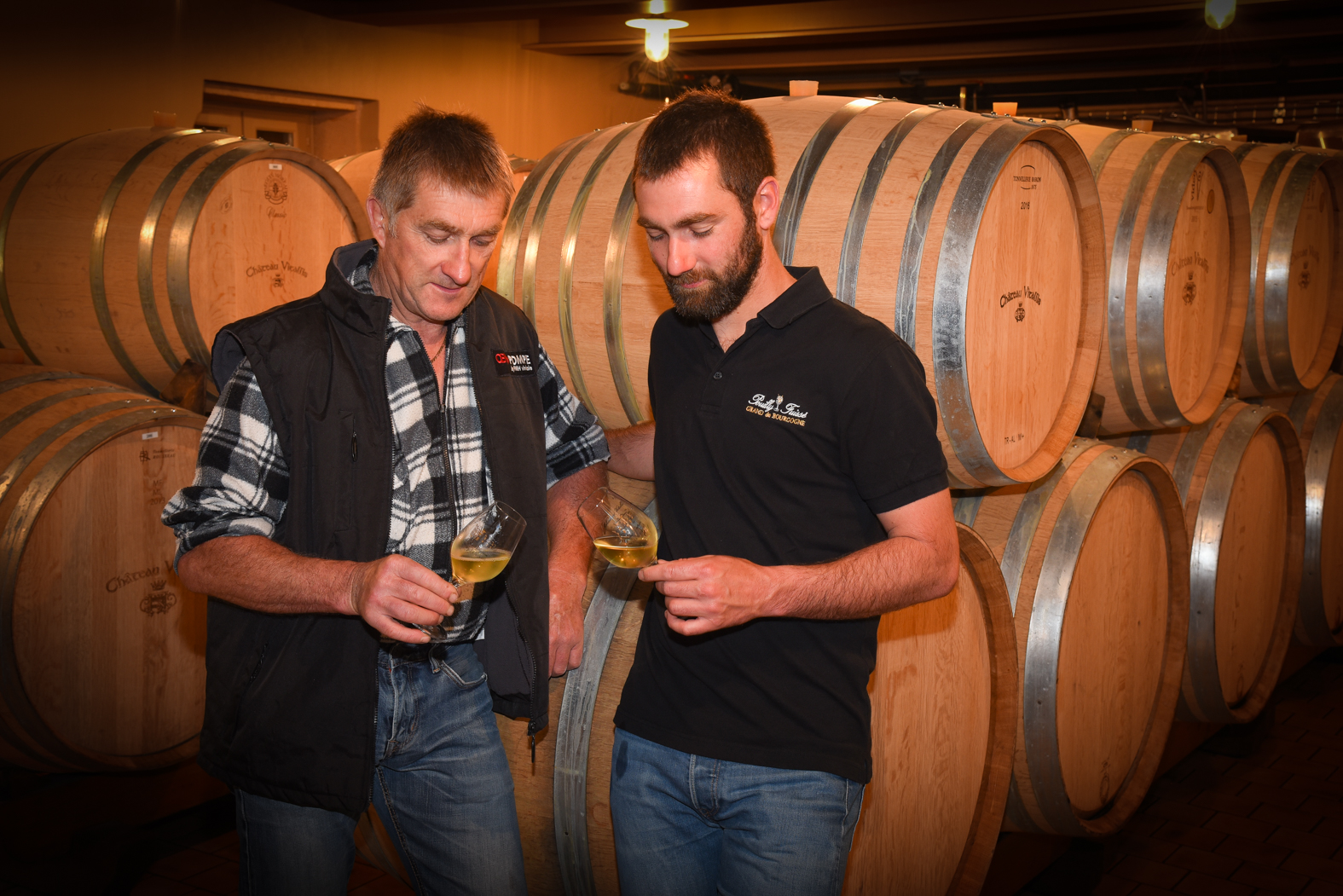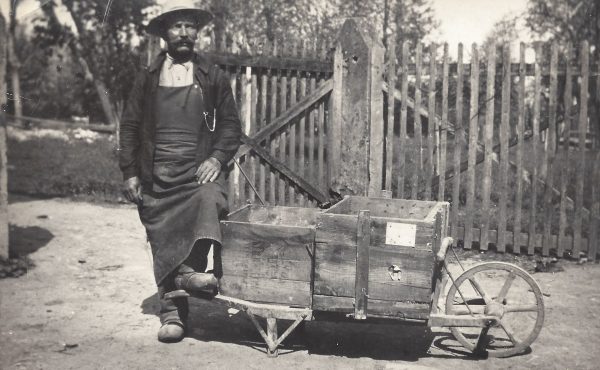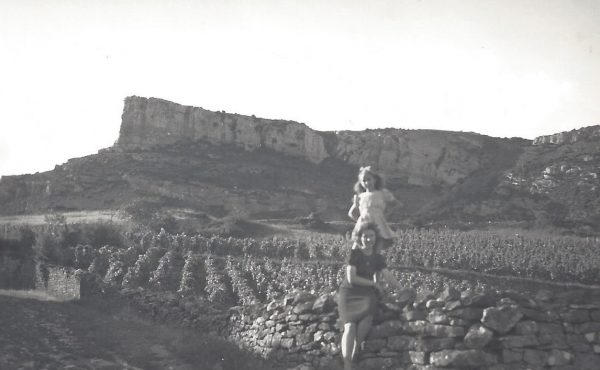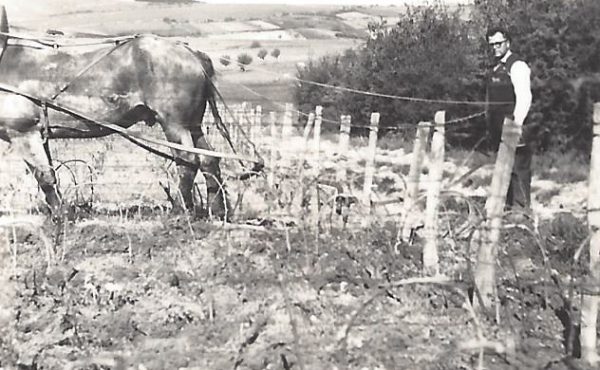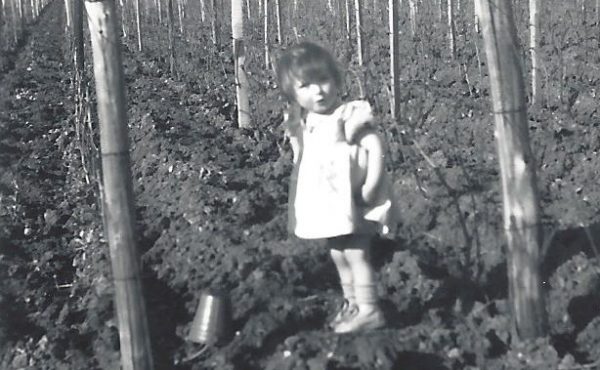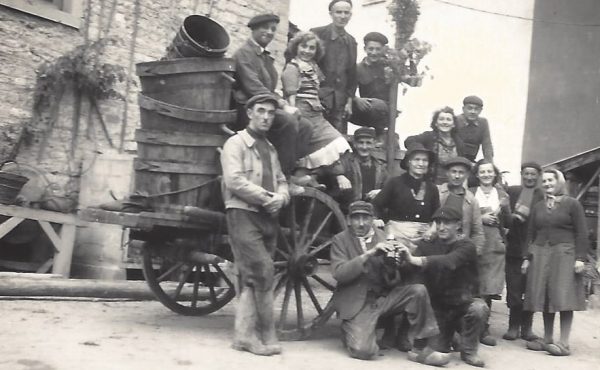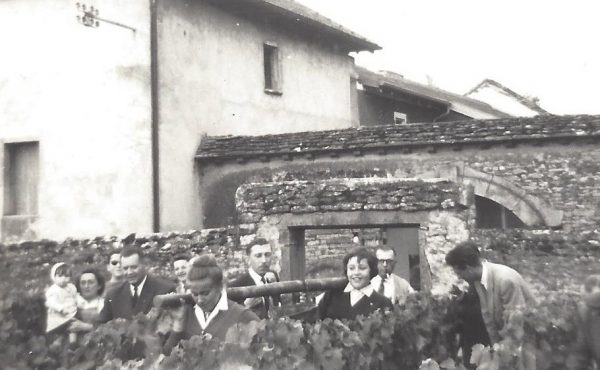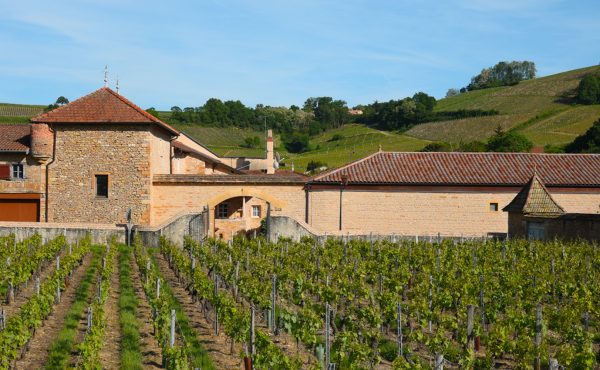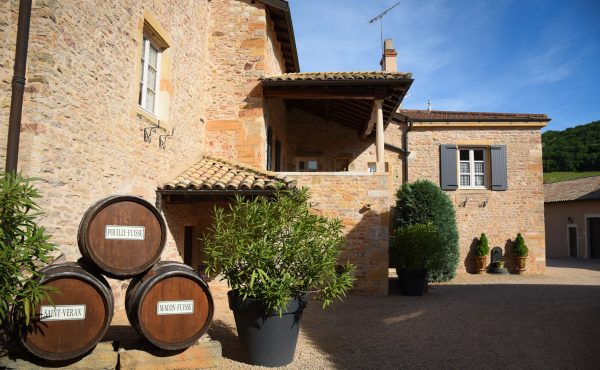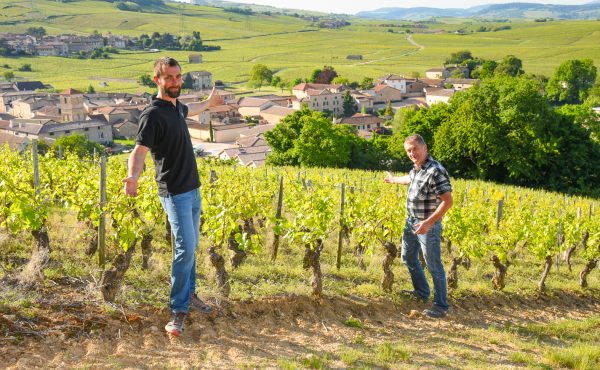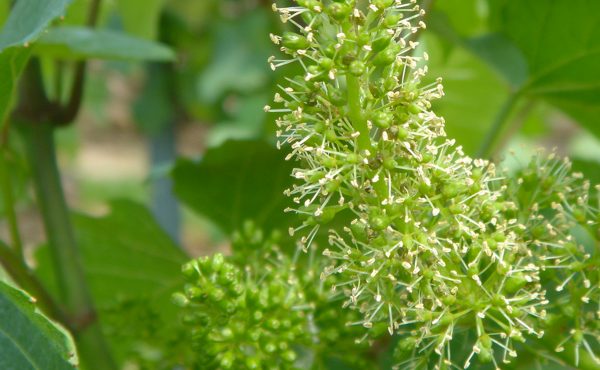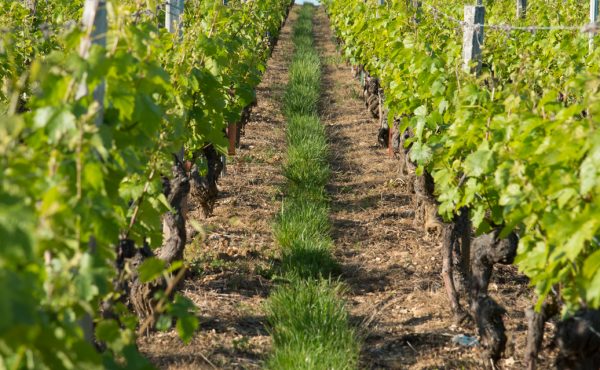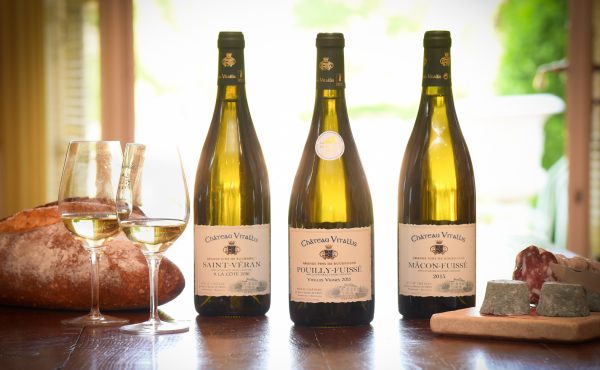Château Vitallis is a Burgundy wine estate tucked away at the foot of the Rock of Solutré. For six generations, the Dutron family has been using considered viticultural practices to craft fine and elegant wines. They have used passion and precision to make wines from the Pouilly-Fuissé 1er Cru, Pouilly-Fuissé, Saint-Véran, Mâcon-Fuissé and Mâcon-Vinzelles AOPs.
Domaine Vitallis
The art of bring out the terroir,
for six generations
Dedicated to the vine
A family history
The Château can trace its origins back to the 13th century. Originally built as a home for the Lord of Fuissé, it is now one of the oldest buildings in the Burgundy village. At that time, the property was already planted with vines, but not worked due to the harsh climate and repeated frosts.
The Château took the name Vitallis towards the start of 19th century when Monsieur Ange Henry Vitallis inherited the property from his parents. The former owner bequeathed his name to the property along with his coat of arms, which decorates the front gate to this day.
Almost two centuries later, the heritage of Jean Balvay survives, handed down from generation to generation. The Dutron family, who are direct descendants, still live on the estate and cultivate the vines with the same dedication and to the same exacting standards.
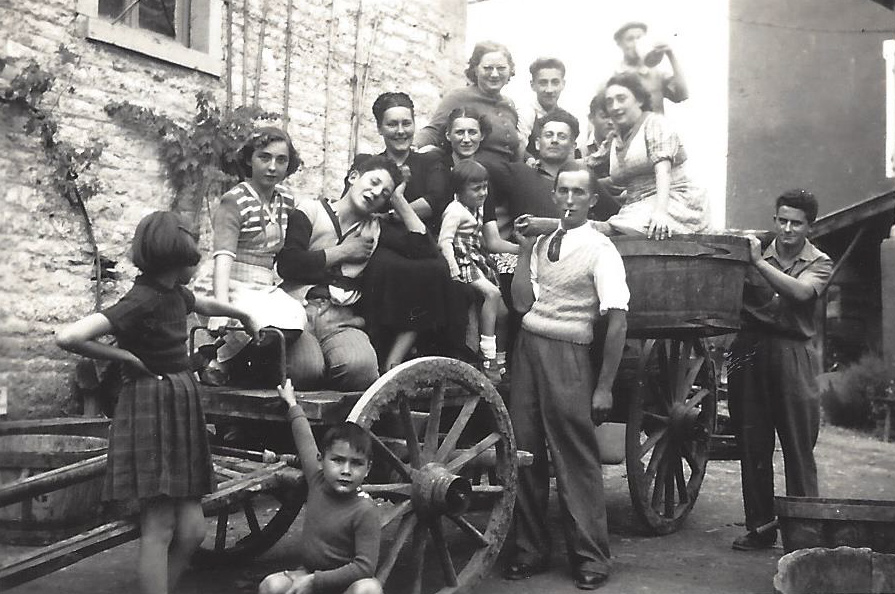
Today, Château Vitallis has 17 hectares Chardonnay vines extending over the heart of the Burgundy wine region and the prestigious Pouilly-Fuissé appellation. The terroir, the soil and the altitude vary from one plot to another. Denis Dutron and his son Maxime harness these characteristics to create rich and unique AOP wines.
Considered viticultural practices
Mastered know-how
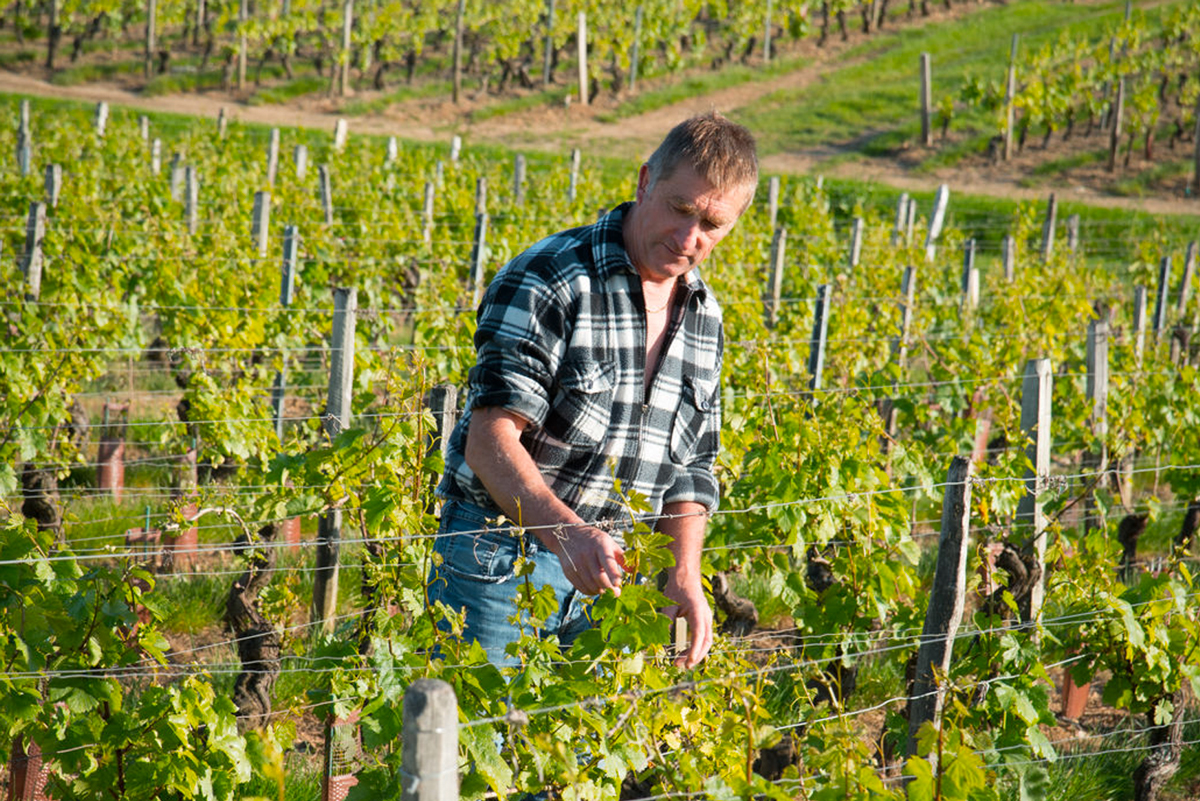
Rooted in the heart of the exceptional terroir of Pouilly-Fuissé, Château Vitallis’ vines are ideally located. Nevertheless, Denis and Maxime Dutron are fully aware that the quality of their soils in itself is not enough to create a Grand Vin.
For this reason, the vines are cossetted over the course of the year. Careful to keep intervention to a minimum, they use organic growing techniques, which they adapt to suit the specific needs of their terroirs.
Fifteen years ago, Denis and Maxime were among the first wine growers in the region to grow grass between the rows of vines. Perfect for reducing erosion on the slopes, this also creates a thriving microbial life which adds richness to the soils and therefore to the wines.
To eliminate weeds while reducing the use of pesticides, they rely increasingly on ploughing. Touching only the surface, this aerates the soil without damaging the roots or upsetting the subterranean ecosystem.
The two wine growers watch the various stages of ripening very carefully to determine the ideal moment to harvest – a crucial decision that will influence the quality of the wines made.
After the harvest, vinification is carried out either in barrel or in vat, depending on the style of the wine and the character Denis and Maxime wish to give it.
Alcoholic fermentation occurs naturally, with indigenous yeasts. Château Vitallis prefers a long and natural process that will add more complexity to the wine. Malolactic fermentation is also left to start spontaneously, without the addition of bacteria.
The wine is then bottled at the Domaine and stored in a temperature-controlled environment, which guarantees perfect development up until the time of shipment.
